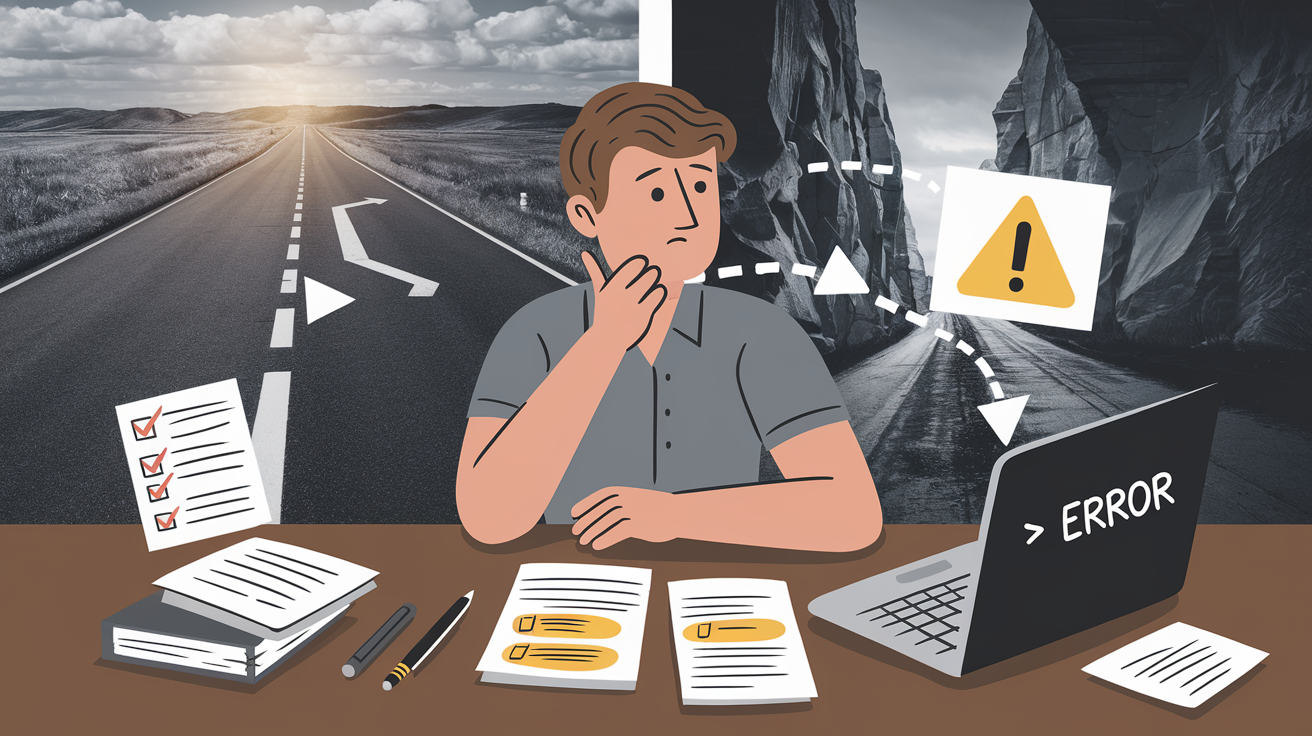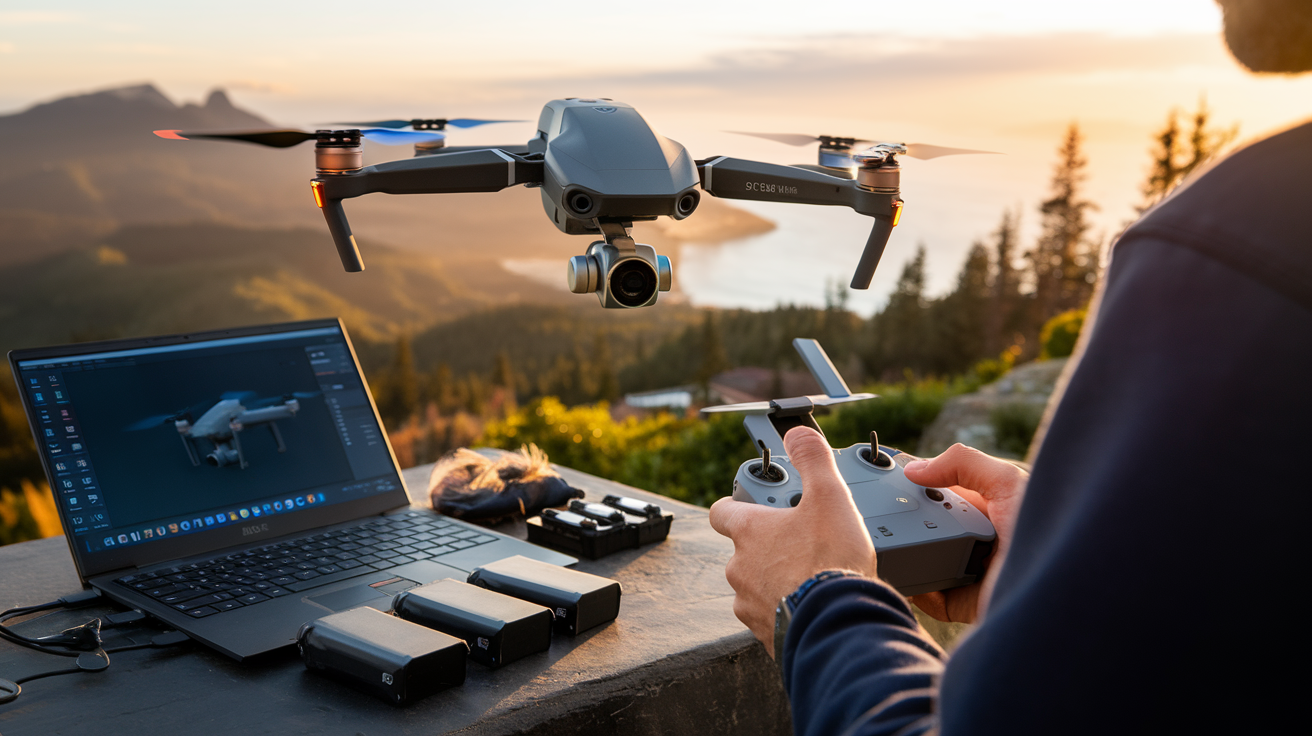

Drones have rapidly become a cornerstone of modern technology, transforming industries ranging from photography and agriculture to logistics and emergency response. As their popularity soars, understanding drone laws and regulations has never been more important. Operating a drone isn’t just about mastering the controls—it’s also about navigating complex legal frameworks that vary significantly from one region to another.
Whether you’re flying for fun or using drones commercially, staying informed about the rules ensures not only safety but also compliance with local and international standards. This guide offers a global overview of drone laws, covering essential regulations, regional variations, and tips to help you fly confidently and legally, no matter where you are in the world.
1. Why Drone Laws Matter
Drone laws exist to ensure that drones operate safely in shared airspace while protecting public privacy and security. With the rapid growth in drone use, these regulations are essential for preventing accidents, mitigating risks, and fostering responsible drone operation. For instance, the requirement for drone registration in many countries, like the FAA in the United States or the EU Drone Registration System, helps authorities identify operators and enforce accountability.
Safety is a primary reason why these laws are in place. Drones, whether used for recreational or commercial purposes, share airspace with manned aircraft, which makes adherence to airspace restrictions and flight guidelines critical. This is especially true for high-traffic zones near airports, where strict no-fly zones often apply.
Understanding these laws is particularly important for drone safety. They outline acceptable altitude limits, restrictions on flying near people or property, and rules for operating at night or beyond visual line-of-sight (BVLOS). Noncompliance can lead to severe consequences, including hefty fines, confiscation of equipment, or even legal action.
By ensuring compliance with registration requirements and following operational guidelines, drone operators contribute to safer skies for everyone, whether they’re hobbyists capturing scenic views or professionals conducting aerial surveys.
2. Key Global Trends in Drone Regulations
As drones become more integral to industries and everyday life, governments worldwide are adopting new regulations to address safety, privacy, and security concerns. While some countries have embraced uniform standards, others maintain fragmented rules, creating challenges for international drone operators. Recognizing these commercial drone laws and recreational drone regulations is critical for navigating the evolving regulatory landscape.
Recreational vs. Commercial Drone Use
One of the most notable global trends is the distinction between recreational and commercial drone use. In most countries, recreational users face fewer restrictions, provided they stay within visual line-of-sight (VLOS), fly below a certain altitude, and avoid restricted airspace. However, commercial drone operators are subject to stricter licensing and operational requirements. For example, in the United States, commercial operators must pass the FAA’s Part 107 exam, while recreational users only need to complete a short safety test.
Mandatory Remote Identification
Another major trend is the implementation of Remote ID technology, which allows authorities to identify drones and their operators in real-time. According to the FAA, Remote ID requirements will soon apply to nearly all drones weighing over 0.55 pounds, with full compliance expected by 2024. Similarly, the European Union mandates electronic identification for certain drones as part of its unified regulatory framework.
Growing Drone Markets and Regulations
As drone technology advances, regulations have grown alongside the market. The global drone market, valued at approximately $28 billion in 2023, is projected to reach $58 billion by 2030. This growth has prompted stricter rules to accommodate innovations like drone delivery services and autonomous flight. Countries like Japan and South Korea have already established frameworks to test and regulate these cutting-edge applications.
International Efforts Toward Standardization
The International Civil Aviation Organization (ICAO) has taken steps toward harmonizing global drone regulations, though progress is slow. While regions like the European Union have successfully adopted unified rules under the European Union Aviation Safety Agency (EASA), other areas still struggle with inconsistencies. For example, in Africa, some countries have robust drone regulations, while others lack clear guidelines, creating operational uncertainty.
By staying informed about these trends, drone operators can adapt to evolving rules and ensure their flights remain legal and safe. From commercial drone laws governing professional use to stricter recreational drone regulations aimed at hobbyists, understanding these trends is vital for navigating the skies responsibly.
3. Regional Highlights: Drone Laws Around the World
Drone regulations can vary significantly between regions, making it essential for operators to understand the specific rules in their country or travel destination. From the stringent requirements in the United States to the unified framework in Europe, navigating the diversity of drone laws ensures compliance and safe flying. Below, we address some common questions and concerns related to global drone regulations.
What Are the Key Rules in the United States?
In the United States, the Federal Aviation Administration (FAA) oversees drone operations. Key requirements include registering drones that weigh over 0.55 pounds and adhering to Part 107 rules for commercial use. Recreational users must take the FAA’s TRUST test and follow airspace restrictions, including avoiding controlled airspace without prior authorization. Violations can lead to fines of up to $27,500 for civil penalties.
How Are Drone Laws Standardized in Europe?
The European Union has streamlined drone regulations under the European Union Aviation Safety Agency (EASA). Operators must classify their drones under one of three categories: Open, Specific, or Certified, based on risk and intended use. For example:
- Open Category: For low-risk operations like recreational flying.
- Specific Category: For moderate-risk operations requiring authorization (e.g., flying near industrial zones).
- Certified Category: For high-risk activities like carrying passengers or goods.
Most EU countries require electronic identification and registration for drones over 250 grams, ensuring accountability.
What Challenges Do Operators Face in Asia?
Asia presents a mixed regulatory environment. Countries like Japan and Australia have robust frameworks, requiring drone registration and specific licenses for commercial use. In China, strict regulations govern airspace usage, with permits required for nearly all flights. Conversely, in countries like India, recent reforms have simplified rules, but a lack of clarity still causes confusion for some operators. This patchwork of laws can be daunting, especially for travelers.
Are Drone Regulations Lenient Anywhere?
While many regions impose strict rules, some countries take a more lenient approach. For example, in parts of Africa and South America, drone regulations are either underdeveloped or loosely enforced. However, this does not mean operators are free to fly without caution. Even in these areas, adhering to basic safety principles and researching local laws is crucial to avoid penalties.
How Can Drone Operators Stay Informed?
One common concern among drone pilots is keeping up with evolving laws. National aviation authorities, such as the FAA, EASA, or CASA in Australia, provide regular updates. Mobile apps like AirMap and DJI’s FlySafe also offer real-time airspace restrictions and guidelines.
Understanding regional differences in drone laws in Asia, the EU’s drone rules, and US drone laws is vital for compliance and safe flying. By staying informed and respecting local guidelines, drone operators can navigate these complexities with confidence.
4. Flying Drones Abroad: What You Need to Know
Traveling internationally with a drone can be exciting but requires careful preparation to avoid potential issues. Different countries enforce varying rules, and failure to comply with drone permits or import regulations can lead to fines, confiscation, or being denied entry with your equipment. Here are some key considerations for flying drones abroad.
Research Local Drone Regulations
Before traveling, research the drone laws of your destination. Countries like the United States and EU members have well-documented rules, while others, such as some in Africa or Southeast Asia, may lack clear information online. Key questions to answer include:
- Is drone operation allowed for recreational or commercial purposes?
- Are permits required for entry or flight?
- Are there restrictions on flying near cultural landmarks, cities, or airports?
For example, in Japan, you’ll need to obtain permission for flights in urban areas or near critical infrastructure. In contrast, Iceland allows recreational flying with few restrictions, provided drones stay within visual line-of-sight and avoid protected nature areas.
Secure the Proper Permits
Many countries require drone permits for operation. For instance:
- In Canada, recreational users need a pilot certificate if their drone weighs more than 250 grams.
- In Kenya, a permit is mandatory before bringing a drone into the country, and operators must follow the Kenya Civil Aviation Authority’s strict rules.
Submit applications for permits well in advance, as processing times can vary.
Comply With Airline and Customs Rules
Transporting a drone internationally also involves compliance with airline and customs regulations. Most airlines allow drones in carry-on luggage, but lithium batteries are subject to strict guidelines. Check your airline’s policy to ensure battery watt-hours are within the permissible range. Additionally, be prepared for customs inspections upon arrival—some countries, like Egypt, heavily restrict or even ban the import of drones.
Tips for a Smooth Experience
- Use drone-specific apps like AirMap to check real-time flight restrictions at your destination.
- Carry documentation of your permits and drone registration.
- Avoid flying in crowded areas, as privacy laws often vary by country.
By planning ahead and respecting local laws, you can enjoy the freedom of flying your drone abroad while avoiding legal troubles.
5. Preparing for the Future of Drone Laws
As drone technology continues to evolve, so too do the regulations governing their use. Staying updated on drone law updates and emerging drone technology regulations is essential for operators who want to remain compliant and leverage new opportunities.
The Rise of Drone Delivery and Autonomous Flight
The integration of drones into logistics is shaping the future of airspace management. Companies like Amazon and Zipline are pioneering drone delivery services, prompting governments to establish new frameworks for high-risk applications. For instance:
- The FAA is working on airspace integration for beyond visual line-of-sight (BVLOS) operations to support delivery drones.
- Countries like Singapore are testing autonomous drones for urban logistics under controlled conditions.
Increased Focus on Privacy and Security
Drones equipped with advanced cameras and sensors are raising concerns about privacy and surveillance. Laws surrounding data collection, storage, and usage are becoming stricter, particularly in regions like the EU with GDPR regulations. As these concerns grow, operators may need to comply with additional requirements, such as encrypted data storage or flight logging.
Mandatory Remote ID and Digital Air Traffic Systems
Global trends point to widespread adoption of Remote ID systems. By 2024, the FAA and other aviation authorities will require most drones to broadcast identification and location data, enhancing safety in shared airspace. Furthermore, digital air traffic management systems, like Europe’s U-space, aim to integrate drones with traditional aviation.
How to Stay Updated
Keeping up with changing laws and technology can feel overwhelming, but there are resources to help:
- Regularly check government aviation authority websites, such as the FAA, EASA, or CASA.
- Join drone operator communities and forums for peer insights.
- Subscribe to drone news platforms to stay informed about industry developments.
By embracing these changes and staying informed, drone operators can prepare for the future while ensuring compliance with evolving regulations. As technology advances, understanding and adapting to these drone law updates will be key to unlocking the full potential of drones safely and legally.
Conclusion
Navigating drone laws and regulations can feel overwhelming, but understanding the rules is crucial for safe and legal drone operation. Key points to remember include the importance of compliance for safety and accountability, recognizing regional variations in regulations, and staying updated on emerging trends like Remote ID and autonomous flight frameworks. Whether you’re flying recreationally or commercially, knowing the rules ensures a better experience and prevents costly penalties.
As drone technology continues to evolve, so will the regulations that govern their use. By staying informed and planning ahead—especially when traveling or adopting new technologies—you can ensure that you’re always flying responsibly and within the law.
Now that you’re equipped with a global overview, it’s time to take action. Research the drone laws in your area, review your equipment for compliance, and share this guide with fellow drone enthusiasts. Together, we can foster a safer and more informed drone community worldwide!









































































